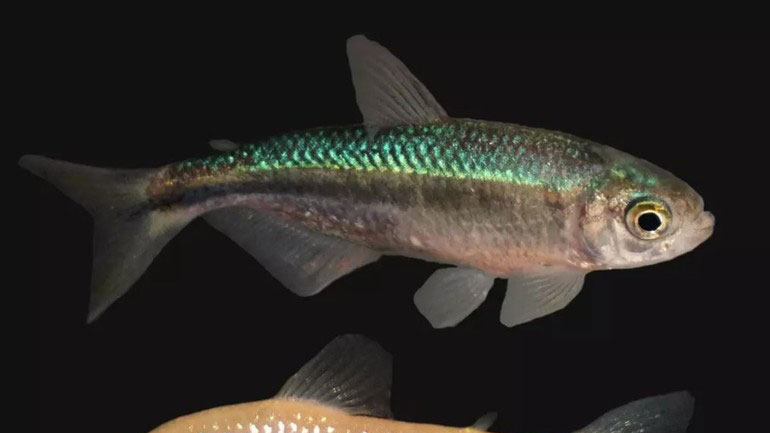
In the recent study on the Mexican cave tetra Astyanax mexicanus, we described the key role of phenotypic plasticity in the evolution of organisms.
These results shed new light on current knowledge about how species can rapidly adapt to new environments without accumulating genetic mutations. They may also help explain how colonizing species succeed in challenging environments.
The principles described in our paper can be applied to a variety of organisms which adapt to new environments and may help to understand the role of phenotypic plasticity in evolution. The study was published in the journal eLife.